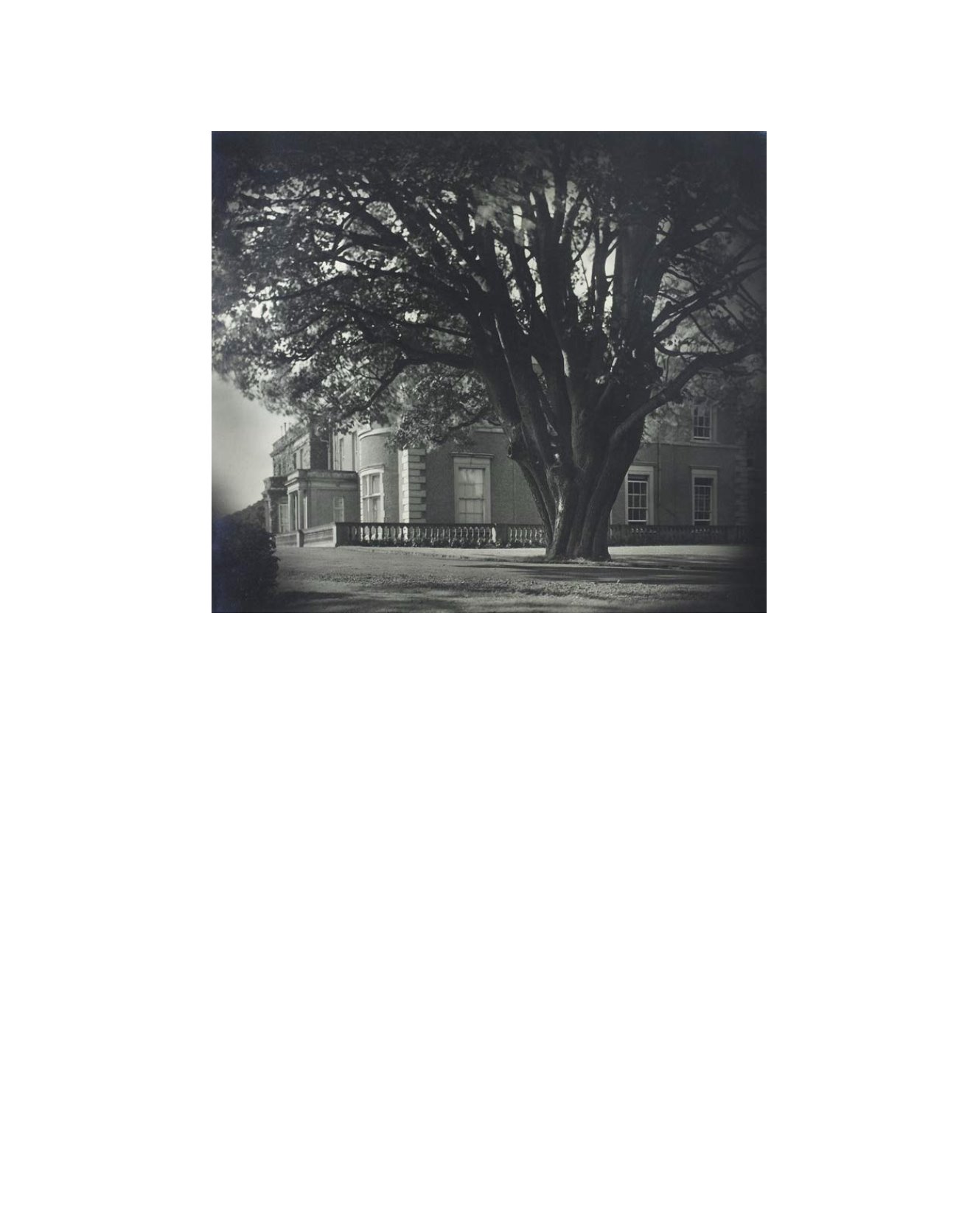
196
THE LAIDLAW FAMILY AND SOMERTON HOUSE.
Somerton was a mid Georgian house which was enlarged by Sir George Brooke (from a branch of the Fermanagh family). Such was
the lavishness of Sir George’s Edwardian hospitality that the property, admirably sited high over the north bank of the Liffey, had to
be sold in 1911.
It was bought by Thomas Kennedy Laidlaw, a wealthy Glasgow iron founder and his flamboyant Scots-American wife, Bessie Balfour
Clark, described in an American newspaper
“as pretty a fair–haired violet-eyed Scotch lassie as ever wandered among the heather of her
native land
”! Her father William Clark owned the Clark Thread Company (later Coates and Clark) with mills on the Passaic River
and employing some eight thousand people on a site of over one hundred and thirty acres in Newark, New Jersey. The Clark family
mansion still stands at 340 Mount Prospect Avenue, Newark .
In pursuit of their joint passion for horses and dogs, the Laidlaws moved to Ireland, renting Simmonscourt Castle, then Luttrellstown
and finally acquiring Somerton, which they set about furnishing by buying the best of what the Dublin antique trade had to offer.
Thomas Rohan describes in his book ‘Confessions of a Dealer’ (1924), -
“Dublin, of the early days of this century, was a happy hunting
ground. One could go down the quays most days and pick up something rare and beautiful.”
T.K.Laidlaw was appointed High Sheriff of County Dublin and to the Privy Council. More interestingly he was Senior Steward of The
Turf Club from 1921 to 1923. Hunting, breeding and running of horses was taken to a high level as recorded by the equestrian artist,
Lynwood Palmer.
The personal assurances of W.T.Cosgrave ensured the Laidlaw family did not leave Ireland because of the anarchy of the Civil War.
They retained Somerton until 1988 when some of the larger and surplus pieces were offered for sale at Christie’s and Hamilton Osborne
King at Castlegar, Co. Galway, 24/24 May 1988.
The present selection from the collection offers a valuable opportunity to acquire rare pieces that have been in family ownership for
well over a century.


